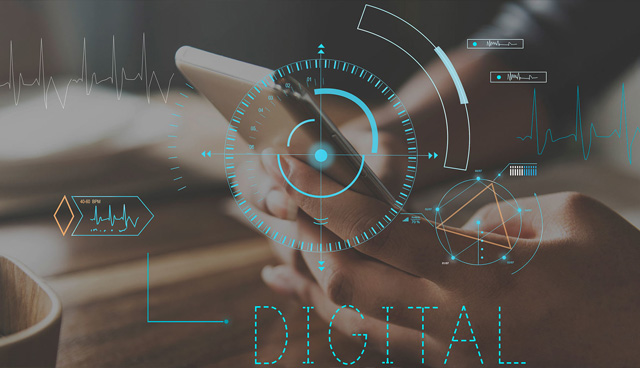The digital welfare state: The international perspective

As Ireland ramps up its public sector digitalisation goals, with 90 per cent of public services to be consumed online by 2030, eolas surveys the international status of the digital welfare state and its risks and opportunities.
Digital welfare state
The digital welfare state is defined by the organisation Open Global Rights as a system whereby “social protection and assistance systems are increasingly driven by digital data and technologies used to automate, predict, identify, monitor, detect, target and punish”. At its base, the idea of the digital welfare state is to move the paper-based public-facing functions of government to a digital footing, with programmes such as unemployment benefits, tax filing, and public health moved online.
Open Global Rights does however point out that digitalisation of welfare systems has often “been accompanied by deep reduction in the overall welfare budget, a narrowing of the beneficiary pool, the elimination of some services, the introduction of demanding and intrusive forms of conditionality, the pursuit of behavioural modification goals, the imposition of stronger sanctions regimes, and a complete reversal of the traditional notion that the state should be accountable to the individual”. An example offered by the organisation is the UN’s Sustainable Development Goal 16.9, the goal of establishing every person’s legal identity by 2030, in response to which organisations have launched programmes that include the need for identity documents in order to gain access. While this may not seem like much of an issue in the global north, there are 502 million people in sub-Saharan Africa and 357 million in South Asia who lack official identification.
Despite its apparent risks, digitalisation of public sectors is one of the defining trends of the 2020s, with governments worldwide looking to streamline operations and ease access to services for future generations of digital natives. The organisation GovNet defines the top five benefits of such digitalisation as: operation digitalisation; increased innovation and agility; easier collaboration across government departments; increased data transparency; and creating a better organisational culture.
Denmark
The Danish dedication to digitalisation of public services is notable for the Government’s commitment to go “digital by default”, with almost every service now available online, such as payment of taxes, reporting of bicycle theft, or the making of appointments with the public health service. Danish citizens now have personalised digital signatures in order to sign documents online.
With data security and privacy given high priority, financial transactions and other sensitive services require two-factor identification. Public healthcare is accessed via a yellow magnet-stripe card that is presented at the point of care; these cards also serve as library cards. Health record keeping and sharing are mostly done digitally, while reminders of upcoming health service appointments are sent to the citizen’s electronic mailbox, which is accessed via two-factor signature.
The mailbox is also where Danish citizens receive information about welfare payments they receive, such as the quarterly child welfare “child check”, or unemployment support. Citizens designate a bank account and public authorities transfer funds into said account digitally.
This digitalisation of public services has also dripped down to business and finance in Denmark; with the correct documentation, a business can be launched online and active within 24 hours, and those launching a business can access an open database of potential business partners maintained by the Danish government. Any business selling goods or services to the public authorities of Denmark must submit their invoices through a purpose-built digital system.
Germany
Germany has also embraced the digital by default concept, with its Federal Ministry for Economic Cooperation and Development following a simple approach that digital solutions “must be the default position for projects to meet their objectives within German development cooperation”. As a result of this approach, projects which do not deploy digital components must identify and justify their reasons for not doing so.
An OECD report on the German digitalisation efforts published in December 2021 spoke of how the digital by default approach “ensures both the technical and methodological quality of the proposed solutions” and “aims to enable societies to make digitalisation sustainable”. The report found that the German digital learning platform atingi, which “provides free access to high-quality digital learning, anytime and anywhere”, had reached more than one million people and has a goal of reaching 20 million by the end of 2023 and becoming the standard German digital learning tool.
Germany, along with Estonia, the Digital Impact Alliance and the International Telecommunications Union, supporting partners to enable delivery of public goods within GovStack, the international e-gov initiative. The next phase of this initiative will involve the creation of a model digital government services platform that demonstrates scaling opportunities across services and sectors. An internal survey within the Federal Ministry for Economic Cooperation and Development found that most project owners now want to use digital tools and approaches in their work to increase effectiveness and reach. The survey did also identify an ongoing need to develop expertise on digital technologies within the ministry.
Lessons learnt during the ministry’s progress thus far, according the report, include: that there is no one solution, and that digital solutions “need to be tailored to the local context in which they will be embedded”, with open-source solutions playing a crucial role in this regard; that Germany recognises the need for both ongoing learning and investment in order to further build capacity; and that international partnerships are “crucial to mainstreaming the vision of a fair digital future”.





